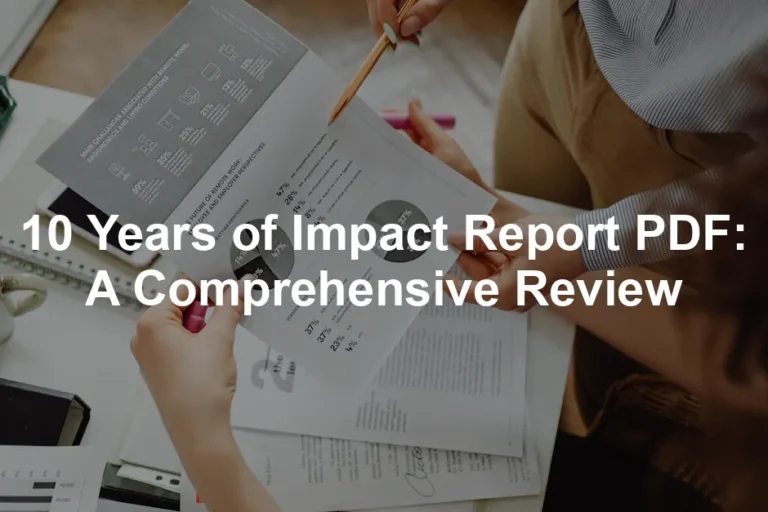Introduction
Police reports are official documents created by law enforcement. They detail incidents, crimes, or arrests. These reports are crucial for investigations and legal proceedings. Various types exist, including arrest reports, incident reports, and accident reports, each serving a specific purpose in the justice system. If you’re looking to delve deeper into the nuances of police reports, consider grabbing a copy of the Police Report Writing Guide Book. It’s the ultimate cheat sheet for anyone wanting to master the art of document creation in law enforcement.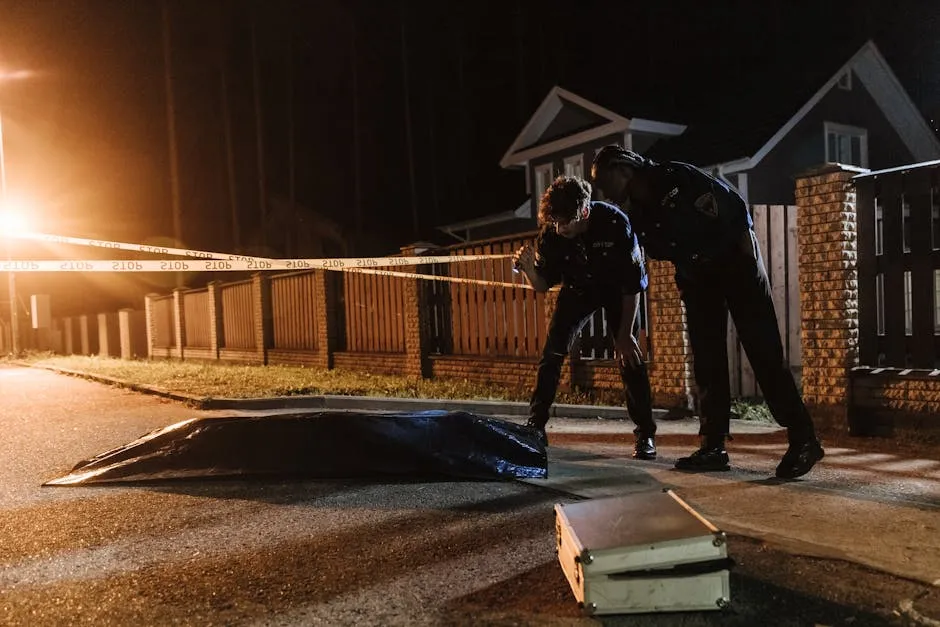
For a deeper understanding of the various aspects related to police reports, check out this introduction to statistical learning with Python.
Summary and Overview
A police report is a formal record of an incident involving law enforcement. Its primary functions include documenting events, collecting evidence, and providing a basis for legal actions. This article aims to give you a thorough understanding of police reports, how they’re generated, and their various uses in law enforcement and legal settings. Accuracy and detail are vital in police reporting, as they can significantly impact investigations and court cases. Throughout this guide, we will discuss different types of police reports, including arrest reports, incident reports, crime reports, and accident reports, highlighting their unique characteristics and importance. Understanding these components can empower you, whether you’re a victim, a witness, or just someone interested in the justice system.
Speaking of empowerment, if you’re looking to enhance your personal safety, check out this Personal Safety Alarm. It’s a nifty gadget that can help you feel more secure during your daily adventures. Just pull the pin, and you’ve got an ear-splitting alarm that can deter potential threats!
Types of Police Reports
Arrest Reports
An arrest report is a detailed record of an individual’s arrest. It includes vital information such as the suspect’s name, the location of the arrest, the time it occurred, and the charges filed. These reports often include a narrative written by the officer, explaining the circumstances leading to the arrest. Typically, arrest reports are generated during incidents like DUI stops, domestic violence situations, or when suspects are apprehended for outstanding warrants. They serve as essential documentation for legal proceedings. For more information on arrest reports specifically, refer to this guide on Missouri Highway Patrol arrest reports.
Understanding arrest reports can be crucial for those involved in legal matters. Learn more about them in this comprehensive guide on Missouri Highway Patrol arrest reports.
Incident Reports
Incident reports provide an overview of a specific occurrence that may not necessarily involve an arrest. Unlike arrest reports, they focus more on the facts surrounding an event without detailing any charges. For example, these reports can be created for traffic accidents, noise complaints, or public disturbances. They help law enforcement track patterns in local crime and maintain accurate records of community events, even when no arrests are made. To equip yourself for any unexpected situations, consider a Crime Scene Investigation Kit. You never know when you might need to channel your inner detective!
Crime Reports
A crime report is a comprehensive document that outlines the details of a crime. It includes descriptions of the incident, the involved parties, and evidence collected during the investigation. These reports play a critical role in criminal investigations, as they provide essential information for detectives and prosecutors. They can also be referenced during court proceedings to establish the facts of the case. Crime reports help ensure that justice is served by maintaining a clear record of criminal activities.
Accident Reports
Accident reports play a crucial role in documenting traffic incidents. Their primary purpose is to provide an accurate account of what happened during the accident. These reports focus specifically on the circumstances surrounding the crash, including the parties involved and the extent of damages. Typically, an accident report includes details such as the date, time, and location of the incident. It also documents the names and addresses of those involved, along with vehicle information. Witness statements, diagrams of the scene, and any citations issued are often included as well. This thorough documentation helps law enforcement and insurance companies assess liability and determine the necessary next steps. Don’t forget to keep a Notepad for Field Notes handy in case you need to jot down important information on the spot!
How Police Reports Are Created
The Reporting Process
Creating a police report involves a systematic approach. It starts with the initial response to an incident, where officers arrive at the scene to assess the situation. Their first priority is to ensure safety and provide medical assistance if needed. Once the immediate concerns are addressed, officers gather relevant information. They interview involved parties and witnesses to collect statements and details about the event. This information is crucial for establishing a clear narrative. The responding officer then compiles all gathered details into a formal report. This document includes specifics about the incident type, location, and any criminal activities observed. The officer’s account of events is vital for legal proceedings and future investigations. Maintaining accuracy throughout this process is essential, as it ensures that the report serves its intended purpose effectively.
Information Included in Police Reports
Police reports are vital documents in law enforcement. They must include essential elements to ensure accuracy. The incident type is the first key detail, specifying what occurred, such as a theft or accident. Next, the report should clearly state the location where the incident took place. This helps establish the context for any legal proceedings. Another critical element is the time of the incident. This timestamp can significantly affect the investigation’s direction. Statements from involved parties also play a crucial role. These firsthand accounts offer insight into the event and can clarify misunderstandings. Witness statements further bolster the report’s credibility. The officer’s narrative, detailing their observations and actions, is equally important. This comprehensive documentation provides a clear picture of the incident and serves as a reference for future investigations or legal actions.
The Importance of Police Reports
Police reports hold substantial weight in legal settings. They are often pivotal during trials and investigations. These documents serve as official records of events, detailing what happened, who was involved, and when it occurred. In court, police reports can influence case outcomes. Prosecutors rely on these reports to build their cases, while defense attorneys use them to challenge evidence. Any inaccuracies or omissions in a report could lead to questions about its reliability. Moreover, police reports can aid in the investigation process. Detectives often use them to identify patterns or connections between cases. They provide a foundation for gathering further evidence, making them essential in the pursuit of justice. Understanding the significance of these reports is crucial for anyone involved in the legal system.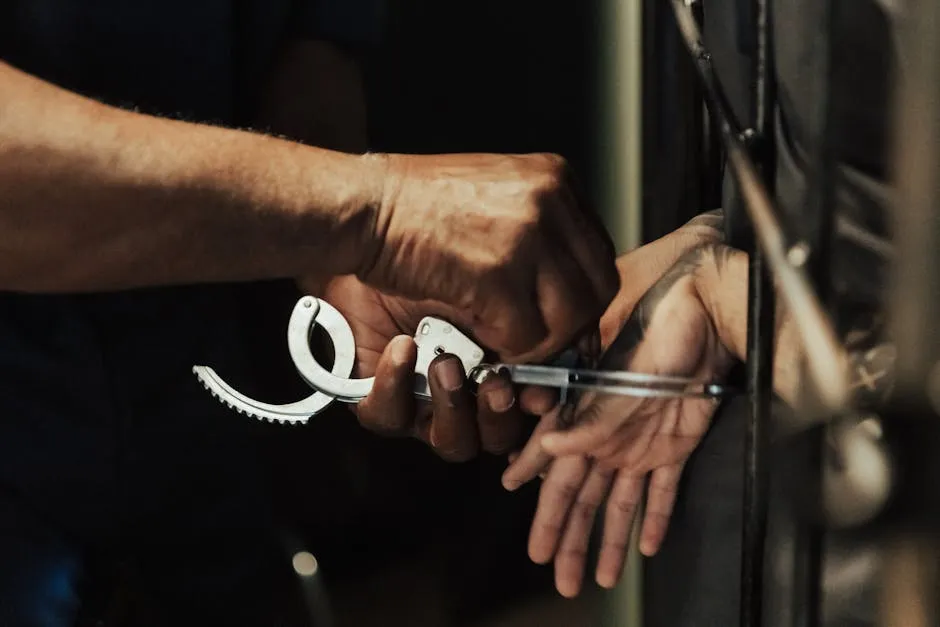
Public Record
Police reports are generally public records. This means anyone can request access to them. This transparency promotes trust between communities and law enforcement. It allows citizens to stay informed about local incidents and helps build a safer environment. However, this public access raises privacy concerns. Sensitive information, such as personal details of victims or witnesses, can be included in these reports. Balancing the public’s right to know and individual privacy is crucial. Law enforcement agencies often redact specific details to protect personal information. Understanding this balance is essential for citizens. While transparency is vital, respecting privacy rights is equally important. Responsible access to police reports fosters accountability without compromising individual dignity.
Best Practices for Filing a Police Report
Tips for Victims
Filing a police report can feel overwhelming. But gathering the right information can make the process smoother. Start by noting essential details about the incident. Record the date, time, and location. Include a description of what happened. If there are witnesses, collect their names and contact information. This helps law enforcement verify your account. When speaking with the officer, be honest and clear. Share any evidence you have, such as photos or documents. This information can strengthen your case. Remember, you have the right to ask questions during the process. Understanding your report’s contents is important. Finally, request a copy of the report once it’s filed. This ensures you have a record for future reference. And don’t forget to check out a Digital Voice Recorder to keep a record of your conversations with officers. You never know when you might need that information later!
Common Mistakes to Avoid
When filing a police report, avoid these common errors. First, don’t withhold information, even if it seems minor. Every detail can be significant. Second, refrain from exaggerating or altering facts. Accurate reporting is crucial for investigations. Another mistake is failing to follow up on the report. Always check in to ensure it’s being processed. Lastly, don’t forget to keep a copy of your report. Having this document can be essential if you need to revisit the case later. By avoiding these mistakes, you can help ensure a smoother reporting process. Speaking of being prepared, a Vehicle Emergency Kit is a great investment for any driver. It ensures you’re ready for whatever life throws at you on the road!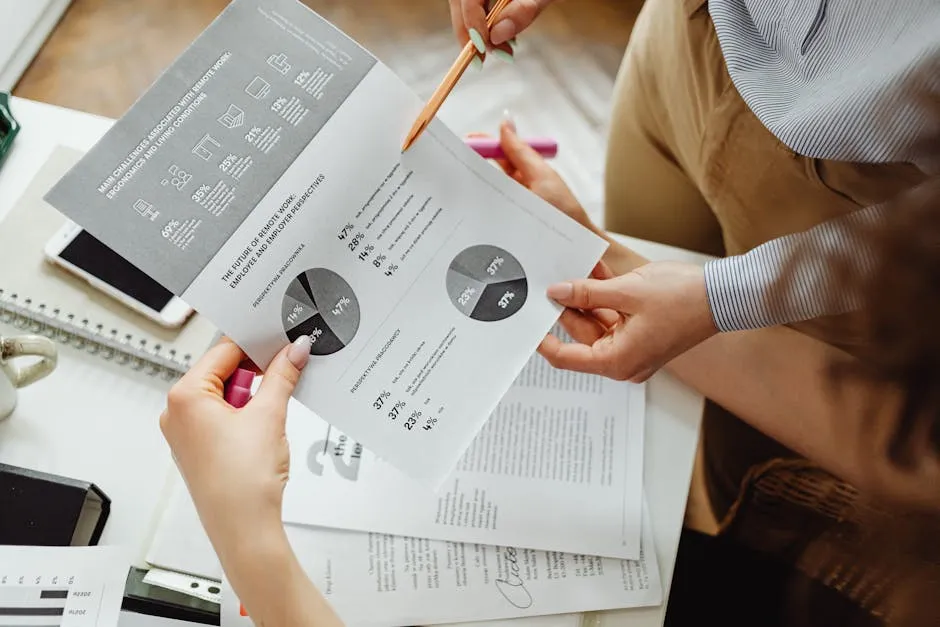
Conclusion
In this guide, we discussed the significance of police reports. We covered how they are created and their implications for both law enforcement and the public. Understanding your rights and responsibilities when filing a report is essential. Police reports serve as vital documentation for legal processes and community safety. By being informed, you can better navigate interactions with law enforcement. If you have experiences or questions about police reports, feel free to share them in the comments below. Your insights can help others in similar situations. And if you’re interested in learning more about the broader context of crime and justice, don’t miss out on reading Crime and Justice: A History of Criminal Justice Book. It’s a fascinating read that provides insight into the evolution of law enforcement practices!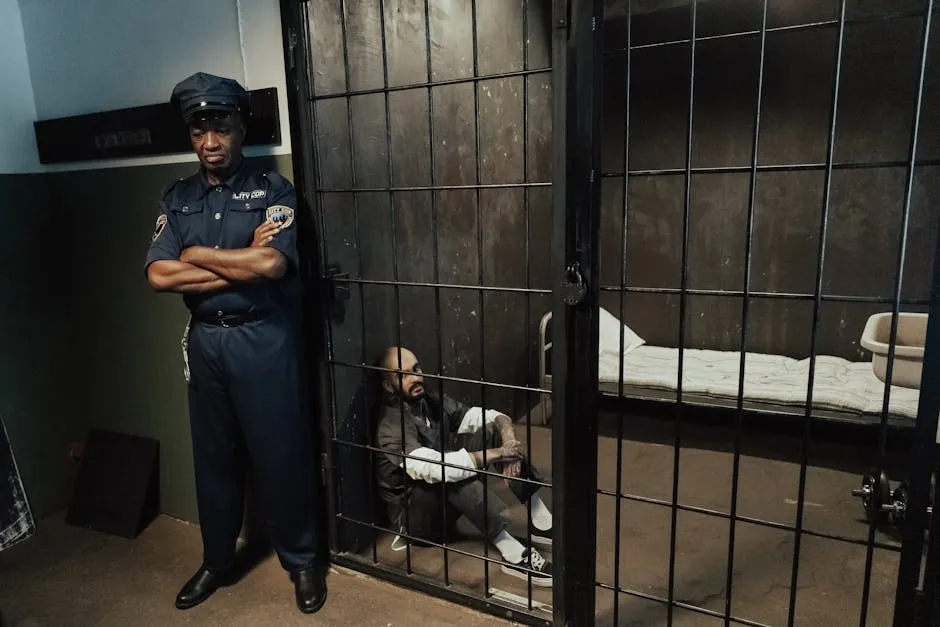
Please let us know what you think about our content by leaving a comment down below!
Thank you for reading till here 🙂
All images from Pexels


